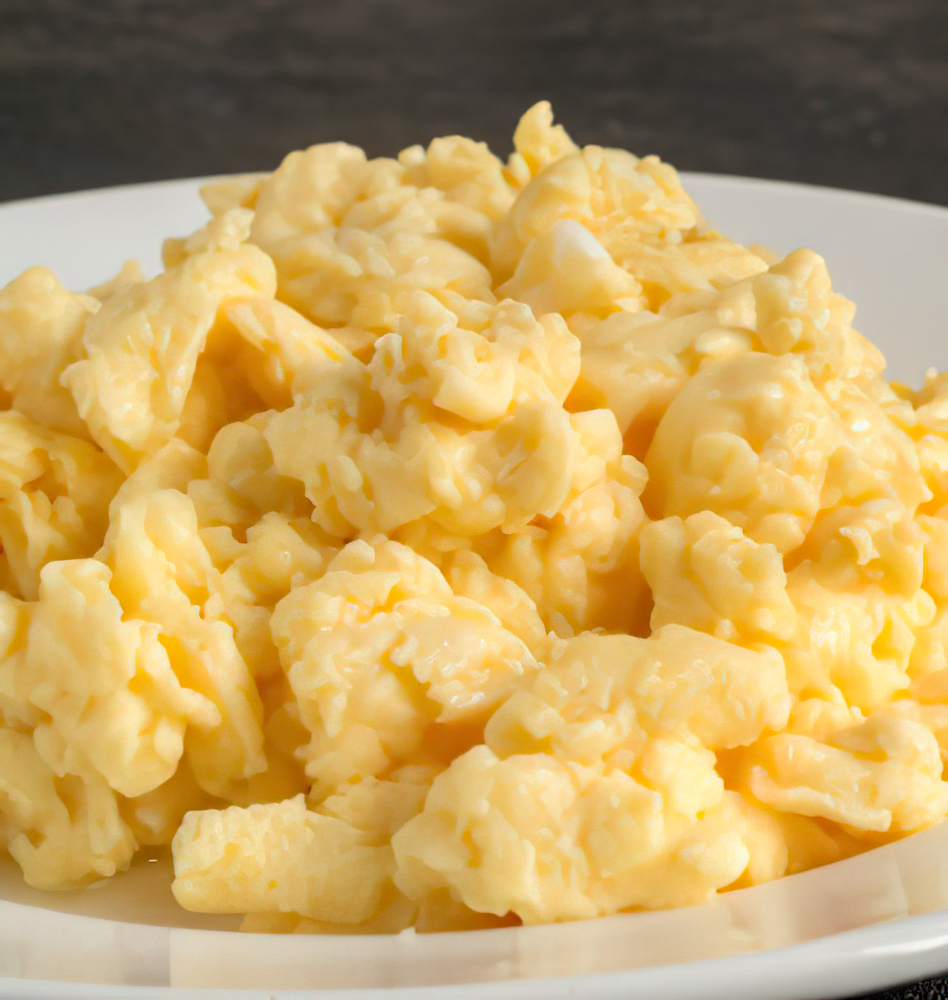The Fair Trade Labeling Organization was started in response to the plight of coffee growers, who often received dismally low prices for their product. If a coffee cooperative met certain labor, environmental, and social standards (among other things), their coffee could carry the Fair Trade label, and they received a higher per-pound price than they would otherwise (still a low price, but definitely an improvement). Fair trade coffee is a small part of the total coffee market, about 1/2 of 1%, but it allows socially conscious consumers to ensure that the growers of their coffee are receiving a fair shake – this is a good thing!
Unfortunately, many people have the misconception that any coffee labeled Fair Trade is automatically of the highest quality. This is not the case. It’s an open secret among high-end coffee roasters and drinkers that Fair Trade coffee is often of lower quality. After all, the requirements for earning the Fair Trade label have nothing to do with the quality of a grower’s coffee, but only with meeting the Fair Trade requirements. When the price a grower receives for coffee has little or nothing to do with quality, there is no incentive to work to maintain or improve quality – with predictable results.
I am all for the Fair Trade idea, I have traveled in Central America and am aware of how much work goes into growing and harvesting coffee, and these people should definitely be paid fairly. The fact is, however, that if you are fussy about the taste of your coffee, as I am, and seek out only the highest quality beans, the growers of those best quality beans will have received more than the Fair Trade price for their crop.
There is a new coffee certification called Direct Trade that was created in response to problems with Fair Trade. It too requires reasonable prices paid to the growers, but also provides incentives for high quality coffee. You don’t hear much about Direct Trade, but you can learn more on Wikipedia.
So, if you like the taste of the Fair Trade coffee that you buy, that’s great, but if you really want to help the growers, insist on the highest quality coffee you can find, or buy Direct Trade. Hint: it’s not at Starbucks.
